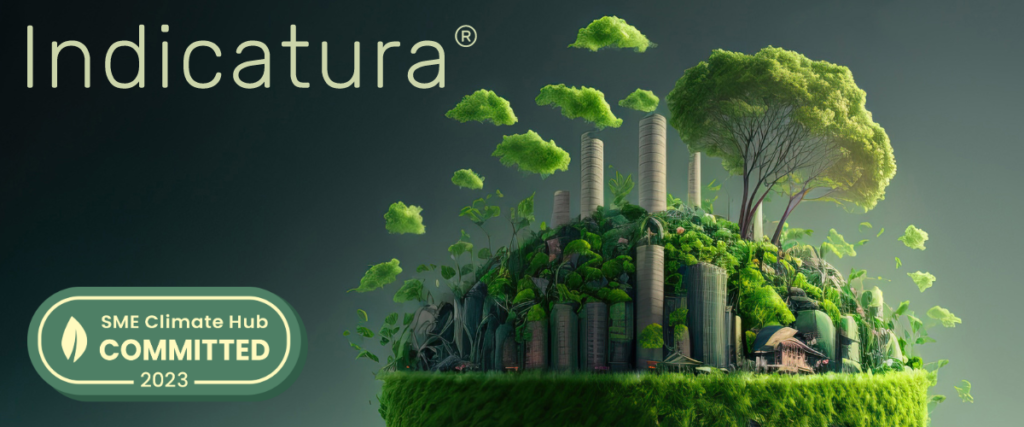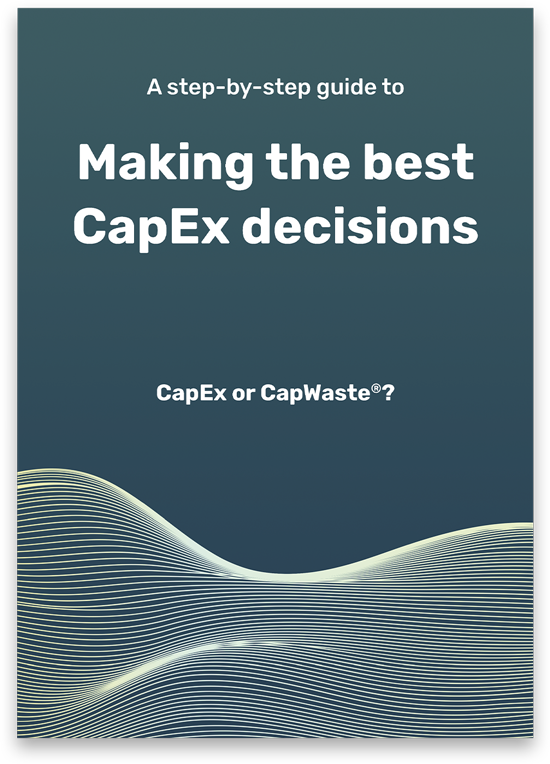
Analysing and assuring Whole Life Value for your business
In previous blog pieces we’ve discussed Whole Life Value, what it is and why it matters – but how does it work?
If you want to start applying the concept of Whole Life Value to your business, your assets and your investments, first you need to understand exactly what makes Whole Life Value tick.
What is Whole Life Value?
Identifying and understanding Whole Life Value is the key to making long-lasting, sustainable investments and decisions for your business.
Whole Life Value is about identifying that “value” really means to your business, whether it’s monetary returns on investment, meeting demand, reducing your carbon footprint, or something else entirely. Once you’ve pinpointed what value means to your business, Whole Life Value works by helping you sustain that value at every point of your asset’s life cycle, from design and concept to decommission and replacement. For a more in-depth look at what Whole Life Value is, and why it matters, take a look at our previous blog entries.
How Whole Life Value Works
Understanding what Whole Life Value is just the beginning of putting into practice to work for your business. Before you can make the most of it, you need to understand how it works.
We combine deep asset knowledge and engineering analysis with financial and commercial principles to effectively quantify value opportunities. We do this by creating a multi-dimensional evaluation of risk, performance and impact, going beyond spreadsheets and Excel models.

In practice, this looks different for every business. This is because, as we’ve discussed in previous blog pieces, the concept of “value” is different for every business. That means that the way you analyse it will differ too – but there are some commonalities.
The best way to analyse Whole Life Value is with a clear methodology that allows you to capture every possible angle and opportunity – and to make this possible, we created our own proprietary methodology, KBEE.
KBEE encompasses many different steps and moving parts, including but not limited to design and concept analysis and comparison, in-depth reviews of current maintenance practices, and evaluation of hypothetical alternate investment and value opportunities. However, its key strength is comparing and balancing an asset’s cost, performance and risk for a 360° view of current and possible future opportunities to find value. That could mean searching for greater returns on investment – but it could also mean identifying ways to create more productivity or make cost savings on maintenance or production. It could even mean sourcing greener and more energy-efficient ways to run a particular asset.
In our next blog pieces, we’ll be taking a look at KBEE itself, why to use it over other methodologies, and how you can make the most of it to analyse your own assets and investments. In the meantime, you can contact a member of our team for specialised advice and support.









